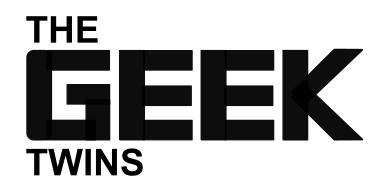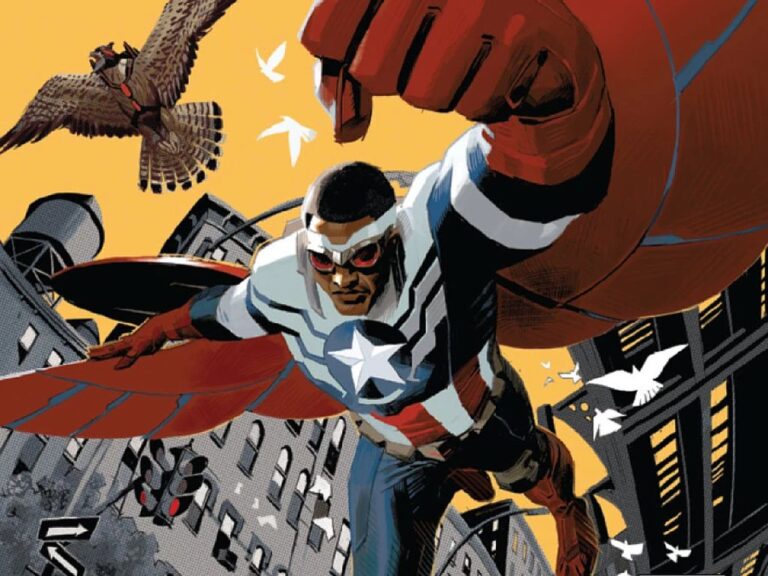Captain America: Brave New World is coming with a lot riding on it. It stars Anthony Mackie as the new Captain America. He’s replacing the insanely popular Steve Rogers, played by fan favorite Chris Evans. It follows a bunch of recently poorly received comic book movies, like Madame Web, The Marvels, and Ant-Man, and the Wasp 2. There are reports about reshoots and rumors of poor test screenings.
Some are using his comics from the mid-2000s to predict the movie will bomb. Are they right? No, and we’ll break down why.
What is All-New, All-Different Marvel?
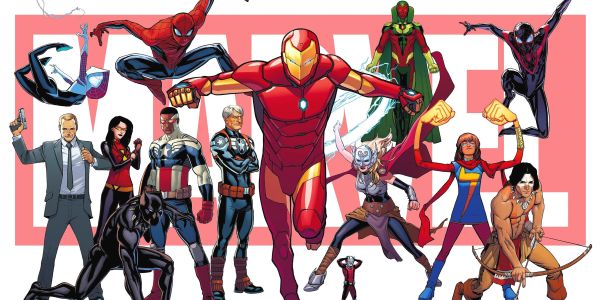
Back in the mid-2010s, Marvel decided to try a bold new initiative. The goal was to bring fans of the MCU (Marvel Cinematic Universe) into comic books. Marvel also wanted to de-emphasize characters and groups they didn’t have the movie rights to then. An All-New Marvel Universe is created following the “Secret Wars” storyline. One significant impact of the storyline is that all of Marvel’s alternate universes, like “Ultimate,” have converged into one.
Ms. Marvel, Nova (Sam Alexander), Ultimate Spider-Man (Miles Morales), Thor (Jane Foster), Captain America (Sam Wilson), Iron Man, and The Vision make up the new principal cast of the Avengers. While Peter Parker swings around in Amazing Spider-Man, Morales is the main character in the main Spider-Man book. Because of their growing prominence in the Marvel film universe, the Inhumans play a significant role instead of their often specialized roles in recent history. The Fantastic Four is disbanded, and some characters moved to Guardians of the Galaxy.
There are numerous situations in which new ones replace significant heroes. Logan is gone, and Laura Kinney, aka X-23, assumes Wolverine’s role but is guided by an older Logan from another universe. Amadeus Cho, the Marvel genius, transforms into the new Hulk. Kate Bishop, who took over as the primary Hawkeye, appears to be at odds with Clint Barton. Peter Quill goes on adventures, and Kitty Pryde takes over as the next Star Lord.
The company started dozens of new comic titles. They also relaunched or revamped dozens of others. In addition, several key classic Marvel characters have been replaced with new people taking on the title. The “All-Different” part of the launch is that they’re people of color or females. Ghost Rider (Johnny Blaze) transfers his powers to Hispanic Robbie Reyes. According to Marvel senior VP and executive editor Tom Brevoort, the new Avengers team “more closely reflects the world outside your window.” The goal was to create a more diverse look for Marvel since most of its heroes were created by old white dudes in the 1950s and 60s.
The initiative lasted almost a year before Marvel pulled the plug and did another reset with “Marvel Legacy” in 2017. So what went wrong?
Did Diversity Kill All-New, All-Different Marvel?
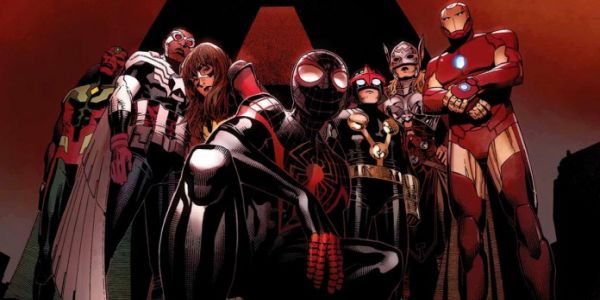
Many people complained that the entire initiative failed because of a “woke” agenda—the replacement of beloved characters with new or renamed characters from minority groups.
Even David Gabriel, Marvel’s senior vice president of sales and marketing, blamed diversity. Gabriel, in an interview with ICV2 said: “What we heard [from retailers] was that people didn’t want any more diversity,” He added. “They didn’t want female characters out there. That’s what we heard, whether we believe that or not. I don’t know that that’s really true, but that’s what we saw in sales.
“We saw the sales of any character that was diverse, any character that was new, our female characters, anything that was not a core Marvel character, people were turning their nose up against. That was difficult for us because we had a lot of fresh, new, exciting ideas that we were trying to get out and nothing new really worked.”
But it’s a little more complicated than that.
What Happened to the Sale of the All-New, All-Different Comics?
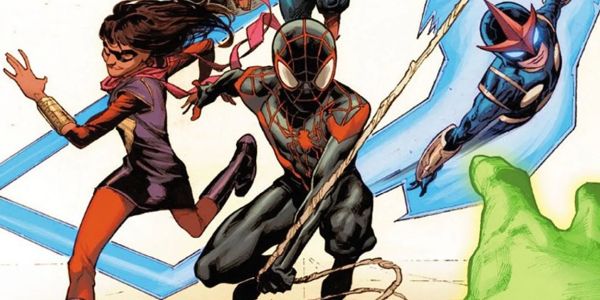
One of the goals of the All-New, All- Different reset was to compete with the buzz created by the rival comic company. DC Comics redesigned and relaunched their series of ongoing monthly superhero comic books in 2011 under “The New 52”. In September 2011, DC released 52 new series and canceled all its previous titles when the “Flashpoint” crossover storyline concluded.
By 2016, the relaunch had revitalized the brand with new takes on familiar characters like Superman, Batman, and more. While the sales were great, the mainstream media were fascinated by the changes and gave the comics tons of free press.
Did the ANAD change increase comic book sales? Yes and no. According to Comic Chron, Marvel already held the top spot in sales in 2015—comic books sold around $579 million that year. The top five comics were Marvel Star Wars #1, Secret Wars #1, Bravest Warriors Tales from the Holo John #1, Orphan Black #4, and Dark Knight III The Master Race #1. So Marvel was already winning over DC. Sales were initially encouraging, but by October 2016, they started to decline significantly.
2017 hit the comics industry hard. That year brought the most significant percentage decline since 1998. Retailer orders for comics, graphic novels, and periodicals dropped 10% to $522.25 million. Marvel got scared, but all the comic book publishers were scared. While sales were down, the company still had the hottest comic books.
Sales declined for All-New, All-Different Marvel, but all the comics sold less. So, it’s impossible to say that the more diverse characters killed the sales. But there’s something more critical that killed the brand.
Disrespecting the Legacy Characters
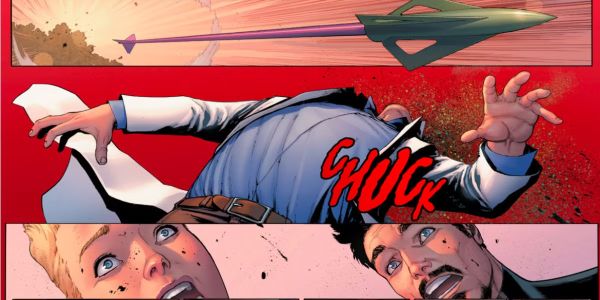
While most readers welcomed the new characters, some complained about what had happened to the original characters. Hawkeye killed Banner because he thought the Hulk would become a murderous monster, reversing decades as a hero. Steve Rogers became an old man but clashed with Sam Wilson’s moral code, excusing the inexcusable. Thor Odinson was declared unworthy after hundreds of years as the original Thor. Johnny Blaze gave up his powers and just became a regular guy. Tony Stark retired as Iron Man when he fell into a coma, and Riri Williams took over.
In their attempts to put a focus on the all-new heroes, they tore down the legacy of the originals instead of allowing the fans to discover the new guys. Fans fell in love with Kamala Khan and Miles Morales without tarnishing the reputation of Carol Danvers and Peter Parker. Instead, there was a groundswell of anger at the replacements and bitterness towards the different versions.
Ms. Marvel creator G. Willow Wilson explained the problem well when she said, “Launching a legacy character by killing off or humiliating the original character sets the legacy character up for failure. Who wants a legacy if the legacy is s****y?”
Characters like Sam Wilson got the brunt of comic fans’ anger towards Steve Roger’s failings.
Too Many Titles

The other problem is Marvel decided to launch nearly 60–65 titles with first issues, with a total of 76 issues. The brand was geared toward new readers. But to keep up with the comics, fans would have to pay almost $300 a month to read all the titles.
By contrast (as of 2025), Marvel currently has about 30 monthly titles. This is half as many tiles as in 2016. The company learned that there were too many titles and it was too ambitious.
By 2017, Marvel brought back Steve Rogers as Captain America. He teamed up with Wilson, who fought side-by-side as TWO Captain Americas. There were even two titles named Captain America: Captain America: Symbol Of Truth and Captain America: Sentinel of Liberty.
None of these had anything to do with Sam Wilson. While he is the leader of the All-New, All-Different Avengers, many factors led to the end of the titles. It’s a bold experiment and still a monument to Marvel’s history. New characters like Squirrel Girl, Ms. Marvel, The Mighty Thor, Spider-Gwen, Miles Morales, and Moon Girl prove fans are excited about new heroes. ANAD failed, but it was more about the treatment of core characters, bad press, and a global industry slowdown that led to the fall of All-New, All-Different Marvel.
The Year of Controversy at Marvel
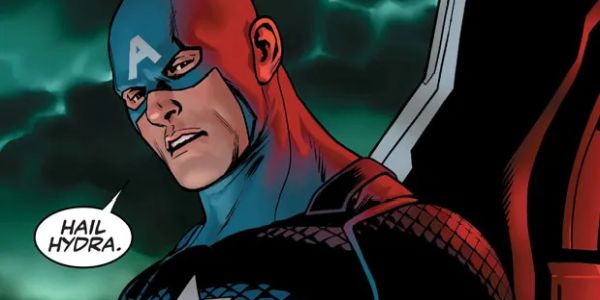
2017 was a nightmarish year of bad PR for Marvel. At the beginning of 2017, it changed its digital download policy and sparked an outcry from retailers and readers. The company later reconsidered, saying they were focusing on fans and the industry. But it got worse.
Then, ICv2 reported that Marvel editor-in-chief Axel Alonso was accused of devaluing artists’ contributions during a presentation to retailers, claiming only Steve McNiven and Olivier Coipel significantly impacted sales.
That same day, SVP sales David Gabriel blamed declining sales on diverse, new, and non-core characters. The feedback was so strong that Gabriel had to backtrack. He clarified that retailers were unhappy with abandoning core Marvel heroes. Still, the popularity of new titles and characters like Squirrel Girl, Ms. Marvel, The Mighty Thor, Spider-Gwen, Miles Morales, and Moon Girl remained strong.
If that wasn’t enough, in April, the X-Men franchise’s relaunch was halted by controversy when Indonesian penciler Ardian Syaf allegedly included hidden anti-semitic and anti-Christian references in the artwork for X-Men: Gold, contradicting Marvel’s inclusiveness and the X-Men’s values, leading to Syaf’s firing.
The biggest Marvel story of the year was the reveal that the Steve Rogers we knew and loved was a fascist Hydra agent all along. The backlash was so swift the company begged for patience as the story unfolded. Fans would later see the fascist Captain America beaten up by a magically created non-fascist version, using his muscles and his shield, but the damage was done.
Meanwhile, Marvel’s October was marred by a series of issues, including the failure of lenticular covers, a retailer revolt, and a deal with military contractor Northrop Grumman being pulled within 24 hours due to backlash.
But there was more drama behind the scenes at Marvel. In November, writer Brian Michael Bendis left the publisher for DC Entertainment, while editor-in-chief Alonso resigned in a “mutual decision” between himself and Marvel a few weeks later.
Next, C.B. Cebulski, a former Marvel writer and editor, was named the new editor-in-chief. Shortly after he was hired, he admitted to defrauding a company a decade earlier by pretending to be a Japanese writer, Akira Yoshida. This was while he was working as a freelancer and editor at Marvel.
Finally, Marvel hired former Image Comics staffer Ron Richards as the new VP/Managing Editor of New Media. After he was hired, accusations of sexual harassment came to light.
So 2017 was not a great year for Marvel comics. How much these events affected sales is hard to say. But they sure didn’t help fans warm up to the idea of a black Captain America.
The new Sam Wilson Captain America movie may fail. But the success or failure of Captain America: Brave New World has nothing to do with the comics almost ten years ago.
What do you think? Let us know in the comments below!
